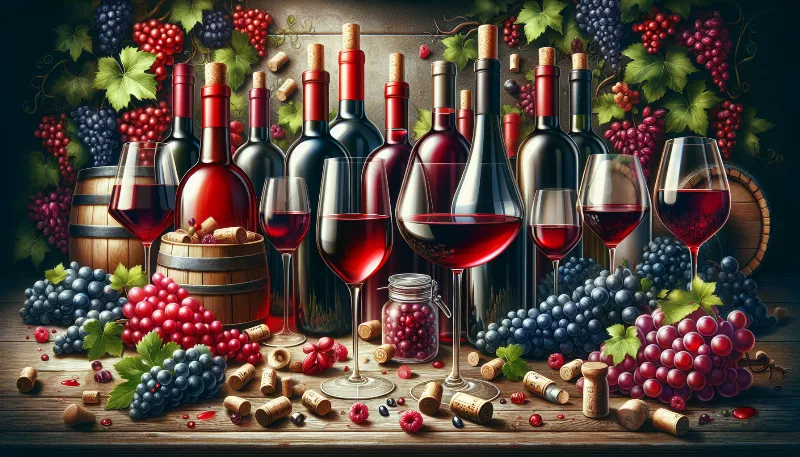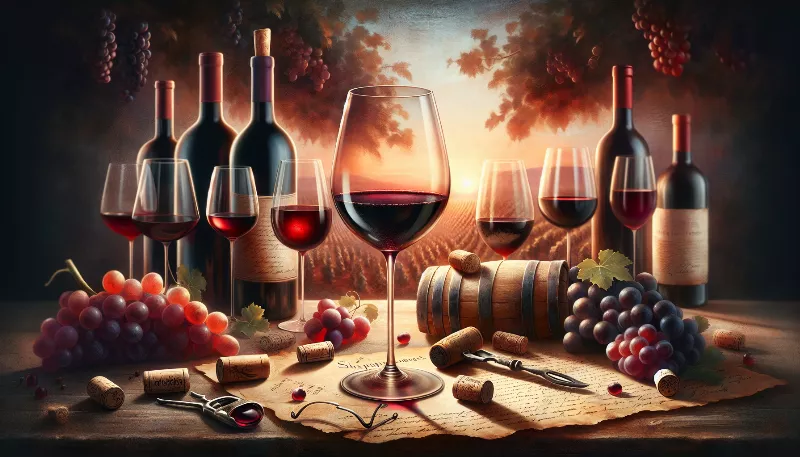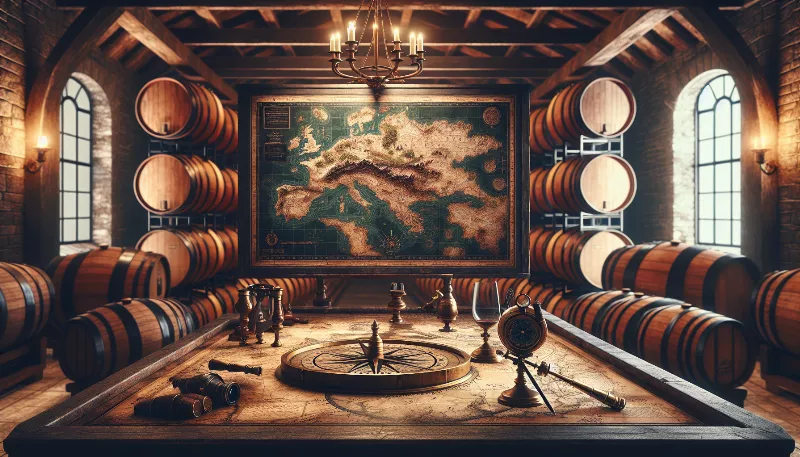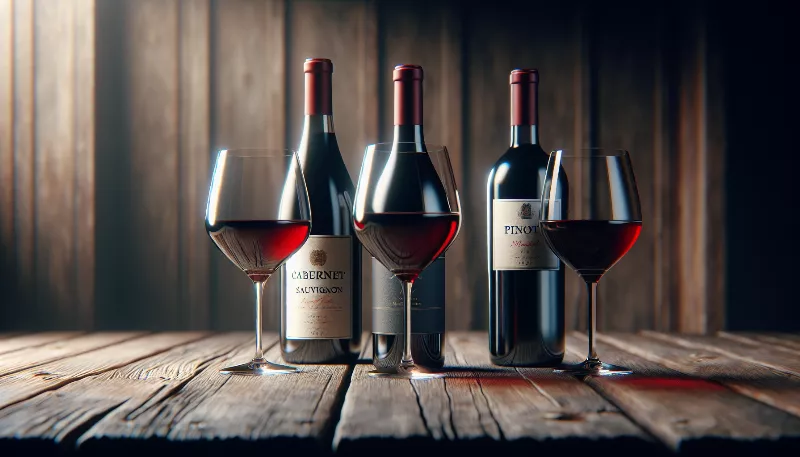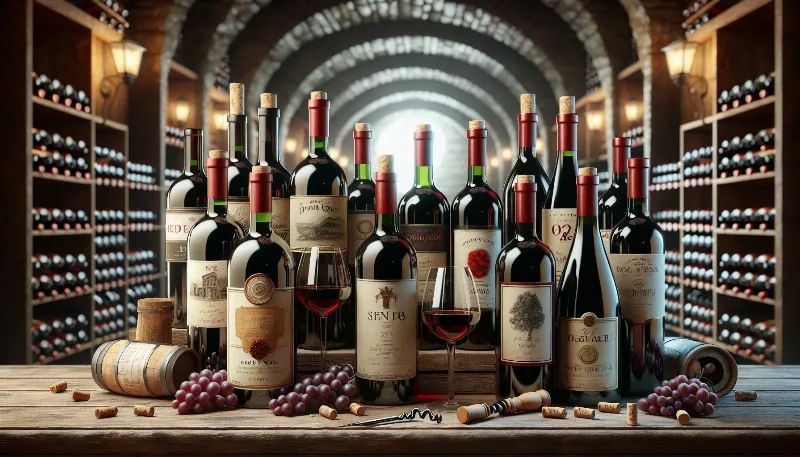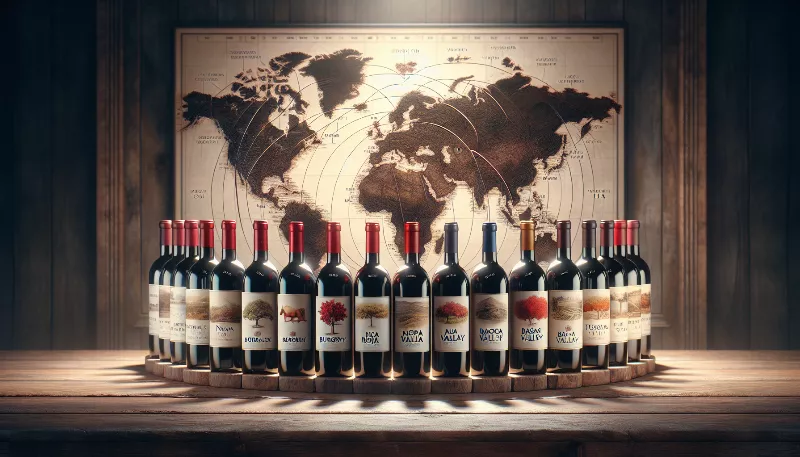What are the key steps in a red wine tasting process?
Discover the art of red wine tasting with our expert guide. Learn to swirl, sniff, sip, and savor like a pro. Elevate your wine experience now!
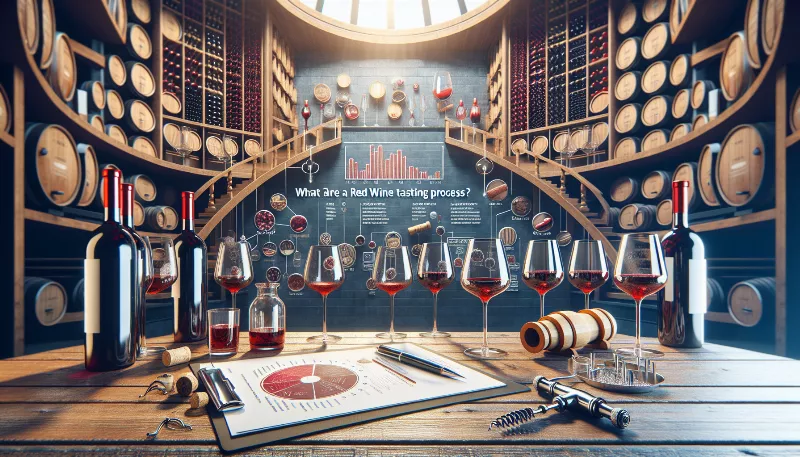
Embark on a Sensory Journey: The Art of Red Wine Tasting
Red wine tasting is not just a sip of beverage; it's an experience, a journey through a landscape of flavors and aromas that tell the story of its origin, grape, and winemaker's craft. Whether you're a seasoned connoisseur or a curious novice, understanding the key steps in red wine tasting will enhance your appreciation and enjoyment of this noble drink. Let's dive into the art of red wine tasting and explore the essential stages that will lead you to savor each glass like never before.
Setting the Stage: Choosing the Right Environment
Before we even pour the wine, it's crucial to create an ideal environment for tasting. A quiet, well-lit room free from strong odors will allow your senses to focus solely on the wine. Ensure that your glassware is clean and appropriate for red wine, typically a larger bowl to accommodate swirling and oxygenation, which releases the wine's bouquet.
Visual Elegance: Observing the Hue and Clarity
The first step in the tasting process is visual examination. Hold your glass up to the light or against a white background and observe the color and clarity of the wine. The hue can range from light ruby to deep garnet, offering clues about the wine's age and grape variety. A younger red may exhibit purple tones, while an older one might show hints of brick or brown. Clarity can indicate the wine's condition and whether it has been filtered.
Aromatic Ballet: Swirling and Sniffing
Next, gently swirl your glass to aerate the wine. This action helps vaporize some of the wine's alcohol and release its complex aromas. Now, take a moment to inhale deeply with your nose just above the rim. You'll encounter a symphony of scents ranging from fruits and berries to earthy undertones, spices, and sometimes even floral notes. Each sniff can reveal layers of the wine's character, shaped by its terroir and aging process.
The First Sip: Assessing Taste and Texture
Now comes the moment you've been waiting for—the first taste. Take a small sip and let the wine coat your palate. Notice the balance between sweetness, acidity, tannins, and alcohol. Is the wine full-bodied or light? Smooth or robust? Does it have a velvety texture, or is it more astringent? These sensations contribute to the overall mouthfeel and complexity of the wine.
Flavor Exploration: Identifying the Palette of Tastes
As you hold the wine in your mouth, try to discern the different flavors. Red wines often present a tapestry of tastes such as cherry, plum, blackberry, chocolate, coffee, or tobacco. The best wines will have a harmonious blend where no single flavor dominates. Pay attention to how the flavors evolve from the initial taste to the mid-palate and through to the finish.
The Grand Finale: The Finish and Aftertaste
After swallowing, take note of the wine's finish—the lingering impression it leaves behind. A high-quality red wine will have a long, satisfying finish that remains on your palate, inviting you to reflect on the experience. The aftertaste should be pleasant and may offer new flavors or a sense of warmth from the alcohol content.
Reflection and Notes: Documenting Your Experience
Finally, it's beneficial to jot down your impressions. Keeping a tasting journal can help you remember specific wines and what you enjoyed about them. Note the appearance, aromas, flavors, body, and finish. Over time, you'll develop a deeper understanding of your preferences and the vast world of red wines.
Red wine tasting is a delightful adventure for the senses, a ritual that combines tradition with personal discovery. By following these key steps, you'll unlock the full potential of every bottle and perhaps find a new favorite along the way. Cheers to your red wine tasting journey!
